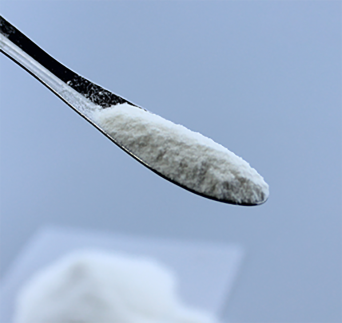
کانونی یەکەم . 24, 2024 04:06 Back to list
use of hydroxypropyl methylcellulose
The Use of Hydroxypropyl Methylcellulose Applications and Benefits
Hydroxypropyl methylcellulose (HPMC) is a versatile polymer derived from cellulose, extensively used in a variety of industries due to its unique properties. This article explores the applications, benefits, and considerations associated with HPMC, highlighting its significance in pharmaceuticals, food, cosmetics, and construction.
What is Hydroxypropyl Methylcellulose?
Hydroxypropyl methylcellulose is a non-ionic cellulose ether that serves as a thickening agent, emulsifier, and film-forming agent. It is synthesized through the modification of cellulose, resulting in a compound that is soluble in water and organic solvents. Due to its biocompatibility and safety profile, HPMC is particularly favored in applications where human interaction is significant.
Pharmaceutical Applications
One of the most prominent uses of HPMC is in the pharmaceutical industry. It plays a critical role in the formulation of drug delivery systems. HPMC is commonly used as a binder in tablets, where it helps to hold the active ingredients together. Its ability to form gels makes it ideal for controlled-release formulations, allowing for a prolonged therapeutic effect by releasing the drug gradually over time.
Moreover, HPMC can be found in various pharmaceutical products, including eye drops and topical ointments. Its film-forming properties provide a protective barrier, enhancing the stability and effectiveness of these formulations. Additionally, HPMC is often used in the production of capsules, particularly in vegetarian and vegan alternatives, as it is derived from plant sources.
Food Industry
In the food industry, HPMC serves as an effective food additive with multiple functionalities. It is commonly found in gluten-free and low-calorie products, where it acts as a stabilizer and thickener, improving texture and mouthfeel. HPMC's emulsifying properties make it useful in processed foods, ensuring the even distribution of ingredients and preventing separation.
Furthermore, HPMC is employed in the production of frozen foods, as it helps maintain the quality of the product during storage and thawing. By forming a gel-like consistency, HPMC can retain moisture, preventing the undesirable texture that may occur in frozen meals. Its use also extends to sauces, gravies, and dressings, where it enhances viscosity without adding unnecessary calories.
use of hydroxypropyl methylcellulose

Cosmetic Industry
The cosmetic industry also significantly benefits from the properties of hydroxypropyl methylcellulose. HPMC is widely used in the formulation of lotions, creams, and serums due to its ability to improve texture and consistency. Acting as a thickening agent, it helps create a desirable viscosity, allowing for easy application on the skin.
Additionally, HPMC is employed in hair care products as it provides a film-forming capability, enhancing the manageability and appearance of hair. It also helps in retaining moisture, making it a valuable ingredient in products designed for dry or damaged hair.
Construction and Building Materials
Another critical area of application for HPMC is in the construction industry. It is commonly used in cement-based products, such as tiles and plasters, due to its water-retention properties. HPMC helps improve workability, allowing for longer application times, which is essential for large-scale construction projects.
Moreover, HPMC contributes to the adhesion and durability of construction materials. Its ability to prevent cracking and shrinkage results in a more robust product, ultimately leading to enhanced structural integrity. As the demand for energy-efficient and environmentally friendly building materials grows, HPMC's role continues to expand.
Conclusion
Hydroxypropyl methylcellulose is an essential component across various industries, offering numerous benefits ranging from enhanced texture and stability to improved efficacy and performance. Its unique properties, derived from cellulose, make it suitable for applications in pharmaceuticals, food, cosmetics, and construction. As innovation continues to drive advancements in these sectors, the role of HPMC is expected to grow, reaffirming its status as a crucial ingredient in modern formulations.
Whether we are considering the development of new drug delivery systems, improving food products, creating effective cosmetics, or enhancing construction materials, hydroxypropyl methylcellulose has proven itself to be a multifaceted and indispensable substance. Its versatility ensures that it will remain a key player in the formulation science and product development of the future.
-
Unlocking the Benefits of HPMC Products: A Gateway to Versatile Applications
NewsAug.07,2025
-
Unleashing the Potential of HPMC Ashland: A Comprehensive Look
NewsAug.07,2025
-
Tile Bonding Cellulose: The Key to Superior Adhesion and Durability
NewsAug.07,2025
-
Hydroxypropyl Methylcellulose Powder: The Versatile Component in Modern Pharmaceuticals
NewsAug.07,2025
-
Hydroxyethyl Cellulose: The Versatile Solution for Various Industries
NewsAug.07,2025
-
Hydroxyethyl Cellulose (HEC): The Versatile Polymer for Various Applications
NewsAug.07,2025







